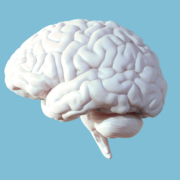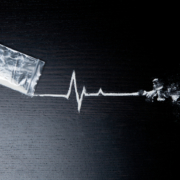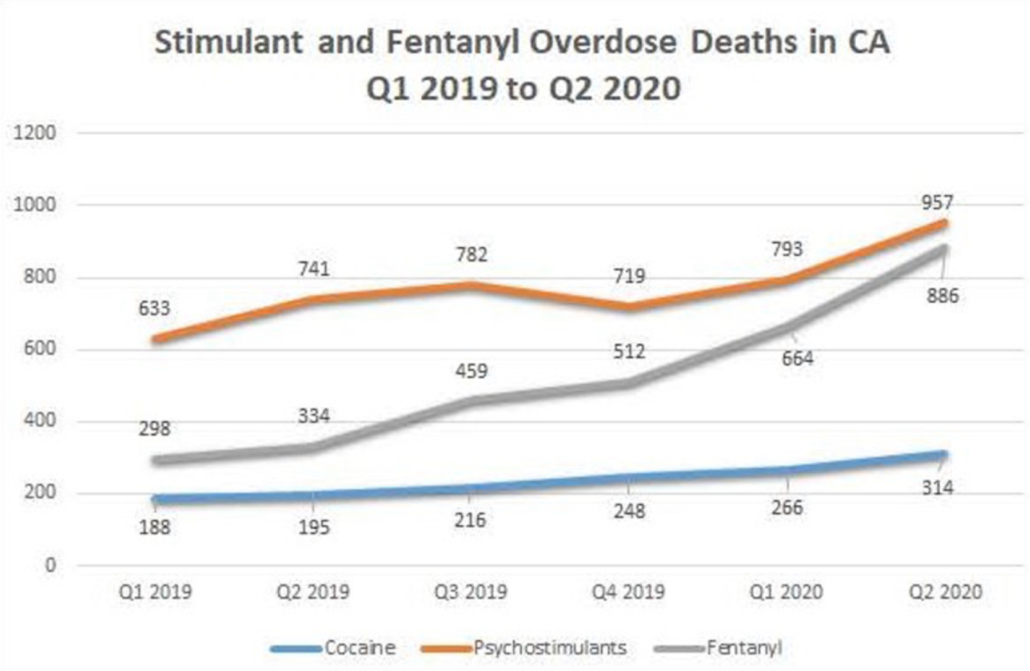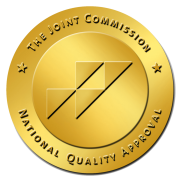What is “Stepping Up” and “Stepping Down” in Addiction Treatment?
Those suffering from substance use disorder and exploring addiction treatment options have likely encountered terms like “stepping up” and “stepping down.” But what exactly do these terms mean, and what is their relevance to the treatment process?
There isn’t a universal approach to addiction treatment; there are many options varying in methods used and intensity. In the context of addiction treatment, “stepping up” means to transition from low-intensity treatment to a more intense program, while the opposite is true for the term “stepping down.”
The Right Time to Step Up vs. Step Down
There are several levels of addiction treatment, ranging from low-intensity outpatient treatment, where patients meet for a few hours each week, to higher-intensity 24/7 inpatient treatment.
During the addiction treatment process, patients are allowed to move up and down through different levels of treatment based on their needs and circumstances.
An instance where a patient may want to “step up” is if they are struggling with their addiction while attending an outpatient treatment program and require additional attention. They may find more success with an inpatient program, which will work with and support them for 24 hours each day of the week.
“Stepping down” usually involves receiving addiction treatment from an inpatient program. After an extended amount of time in the program, a person who is comfortable enough with their progress and state of mind can move down a level to intensive outpatient treatment. They can continue “stepping down” as they make more strides toward living a healthy, sober life.
The Right Treatment For You
There are many levels of treatment available because everyone’s needs are unique, and there isn’t one true solution. The proper treatment for one patient can differ significantly from another. A person’s circumstances ultimately dictate the level of support and guidance they need.
A patient with a mild substance abuse disorder may only need a low-intensity outpatient treatment program that meets for a few hours a week, while someone suffering from a more severe case of addiction requires intensive 24/7 inpatient treatment.
Addiction is a serious disease that requires extensive support and guidance no matter what level of treatment a patient needs. At Twin Town Treatment Centers and our five drug rehab treatment centers throughout the Los Angeles and Orange County area, we offer proper, evidence-based help to patients. Our individualized outpatient programs and drug addiction treatments have been personalized to account for our patients’ unique needs and circumstances. Get in touch today by calling us at (866) 594-8844 or filling out our online form to get started. Our team of drug and alcohol treatment professionals will provide you with a no-cost interview and assessment for alcohol and drug issues.












